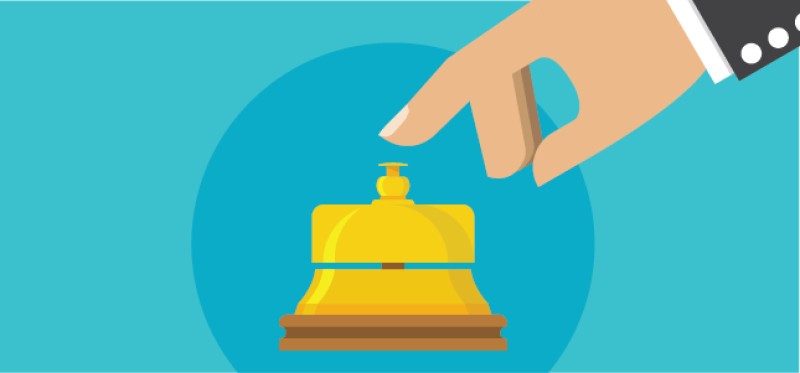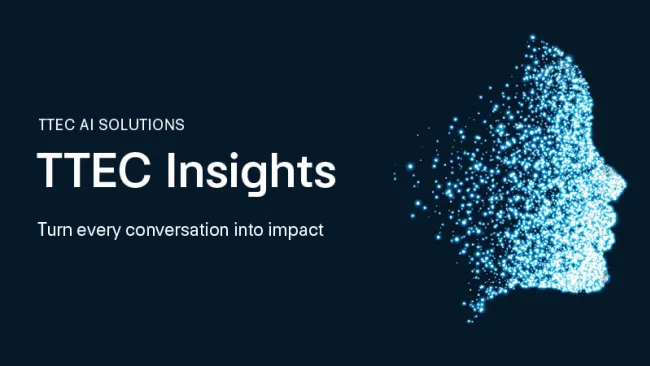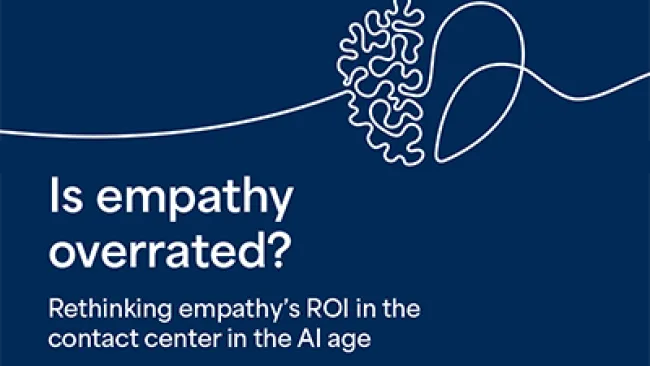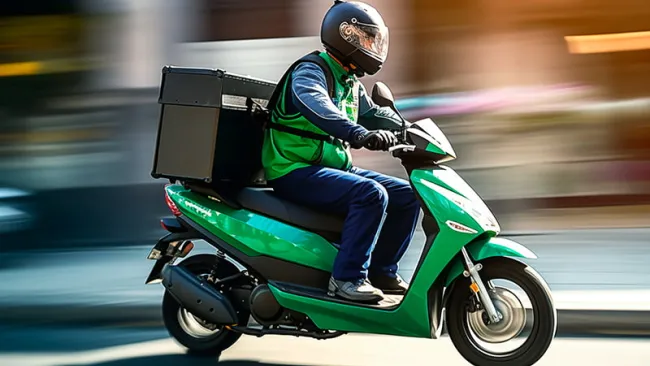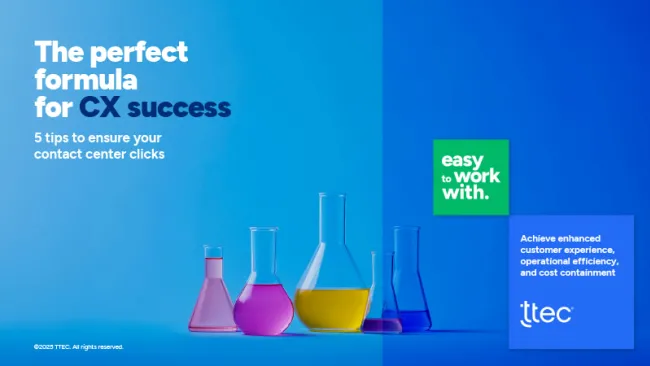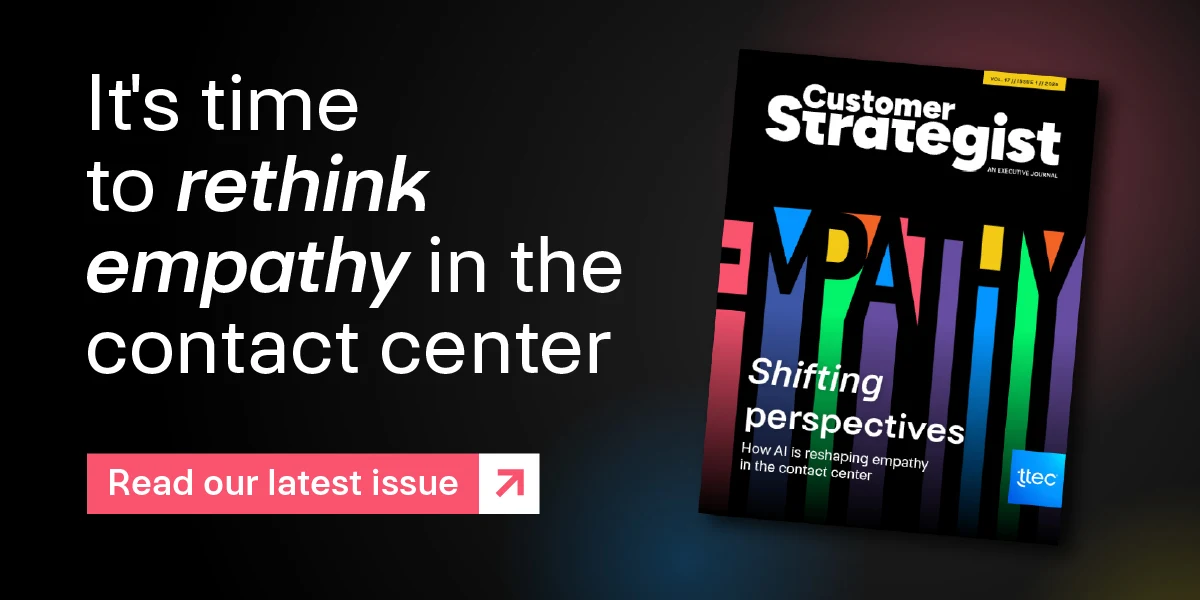The workforce is changing, and the end-user experience must change with it. Consumer trends are shaping how companies interact with their customers, and by extension, how companies interact with their employees. Self-service is the preferred way to resolve issues, and people want the option to use multiple channels when interacting with support.
Enterprise service desks haven’t kept up with the shift toward customer centricity happening in the consumer world. Their systems are internally focused and don’t match what employees want or need to get their jobs done. These laggard processes are beginning to result in low employee morale, productivity loss, ineffectiveness, and increased costs.
In addition, work itself is changing. Large corporate campuses are a thing of the past. Many employees work remotely and don’t stick to 9 to 5 schedules. They interact with clients and colleagues around the world. They collaborate and share information virtually. They use mobile devices, webchats, video conferences, and instant messaging. And a growing bring-your-own-device (BYOD) culture feeds the need to support multiple platforms.
Employees also now expect their internal service interactions to be seamless, intuitive, and personalized, just like the experiences they receive outside the office.
Many internal service organizations realize they’re behind the times. Legacy technology, security and privacy business rules, and efficiency-only focus keep the status quo. But there is a shift happening toward an outside-in approach that improves the experience while driving operational efficiencies.
Five ways to engage employees through the service desk
Successful organizations drive end-user experience with consumer-like capabilities. We see the opportunity for service desk transformation in five ways: persona-based architecture, journey orchestration, services centralization (e.g. eStore), social collaboration, and analytics.
1. Personas: Before you can interact effectively, you must identify and personalize users by their needs, preferences, and behaviors. This sets the foundation of the end-user experience and shows how your employees want to interact with help desk resources. Look at job roles and locations to define role-specific attributes, such as devices used, office or remote, travel propensity, and customer interaction levels. Combine this with actual employee behavior and needs (channel usage, learning style, tech savviness, mobility, etc.) to create personas for different types of employees.
With personas defined, use analytics to understand their current service desk journey, the touchpoints used, and other behavior analysis. Here is where interaction gaps and opportunities will be revealed.
2. Journey orchestration: Brands are challenged with creating a service journey that employees prefer. From authentication to specific tasks, it’s critical to allow them to connect in the channel of their choice and empower service teams with the right information, context, and intent of that customer journey. Some questions to consider include:
- Who is the end user?
- For what issues do they want to self-serve?
- When should they talk to an associate?
- How should information be presented in the knowledge base?
- Who is the best person to work with this employee in this context?
- What is the best outcome for a specific journey?
- When, and on which channel are support resources available?
3, eStore: An eStore is a one-stop shop for end users to manage any internal service interactions. This is where the consumer approach really kicks in. Right now, employees are frustrated at having to navigate many different online sites and internal systems when requesting workplace and data center services from IT. Associates can’t find what they need and are hampered in their ability to get work done. Consumerizing the service request experience—similar to Apple’s App Store or Google Play—enables users to download, use, rate, and share internal apps, just as they do as consumers.
4. Social collaboration: Social collaboration accelerates tools and application adoption, communication, productivity, and knowledge accuracy. It captures tribal knowledge that already exists within the service environment in a consumer-style format. An innovated social knowledge base includes social profiles, collaborative feedback, peer ratings and reviews, likes and follows, alerts, notifications, and sharing features.
5. Analytics: Best practices in customer experience analytics can be leveraged to deliver truly great experiences for end users. There is a need to understand better the behavior and preferences of end users to better align services that meet their expectations. Data is critical to how organizations shift from transactional service delivery models to intuitive, predictive services. From segmentation to customer value management to behavioral analytics, data and insights will help design the service desk transformation to better match employee expectations and needs.
Moving the help desk from a technology focus to an end-user focus must involve more than just the IT department. Many business units, from marketing to HR and other shared services, can influence, if not actively participate, in the transformation. And of course, the user perspective must drive any initiative, so make sure employees are engaged and their voices are heard at every point in the process.
Regardless of the B2C or B2B environment, we’re all human, and want to be treated as such. Classic corporate bureaucracy and barriers to simple experiences won’t be tolerated anymore. The service desk should be optimized to allow everyone to work at their best.
Like this post? Subscribe to our customer experience blog.
Also, check out the most recent issue of our monthly customer experience eNewsletter, Dialogue.

